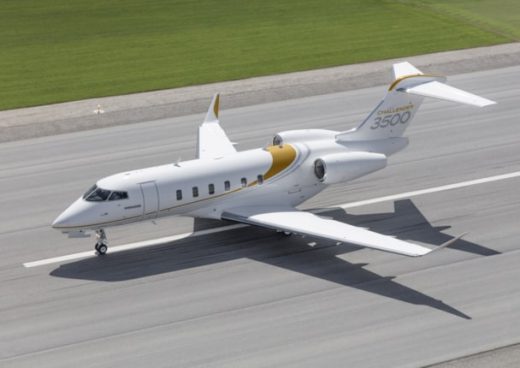- Bombardier was presented with a most welcome Christmas gift in the form of an order for 12 Challenger 3500 aircraft, valued at U$326.4 million. A much-improved version of its predecessor, the Challenger 350, the 3500 is capable of flight at 43,000 feet with a range of 3,400 nm. “The Challenger 3500 jet is truly a force to be reckoned with, and this order is a clear demonstration that this platform offers the exceptional experience that clients are seeking,” said Bombardier CEO Éric Martel. Deliveries are expected in late 2025.
- In an announcement that many Canadian taxpayers might view as predictable, the cost of procuring the fleet of F-35 fighter aircraft appears to be headed northward – significantly. The US Air Force official responsible for the F-35 program, Lt. General Michael Schmidt, said that technical challenges could delay delivery of the latest version of the aircraft. Schmidt warned the U.S. congress that if the problems were not resolved, production could be shut down. In response, Canada’s Parliamentary Budget Officer Yves Giroux said, “Should there be delays in the delivery of these fighter jets for whatever reason, if there’s a slippage by a year, that would increase costs [by] about $400 million. Or should there be a two-year slippage, the increase in costs should be about $700 million.”
- The Royal Aviation Museum of Western Canada is reporting that their project to restore the last Canadair-built F-86 Sabre is making progress but is nevertheless soliciting donations to keep the project going. Known as the CL-13B Sabre when in service to the RCAF, 390 of the Sabres were built by the Canadian company for the RCAF. It first flew in 1947 and later versions were powered by the more powerful Canadian designed and built Orenda jet engine. The last Sabre was taken out of service in 1970.
- The United Kingdom’s Royal Air Force Museum has donated an outer wing panel to Nanton, Alberta-based Bomber Command Museum of Canada. It will be used in the restoration of a Halifax bomber that was recovered after the Second World War after having crashed into the Baltic Sea. The RCAF as agreed to transport the 1,900-lb wing to from England to Alberta next year. “Here’s this huge, famous museum in London, England, and they recognize the worth of what we were doing at the Bomber Command Museum,” said the Alberta museum’s curator Karl Kjarsgaard.

